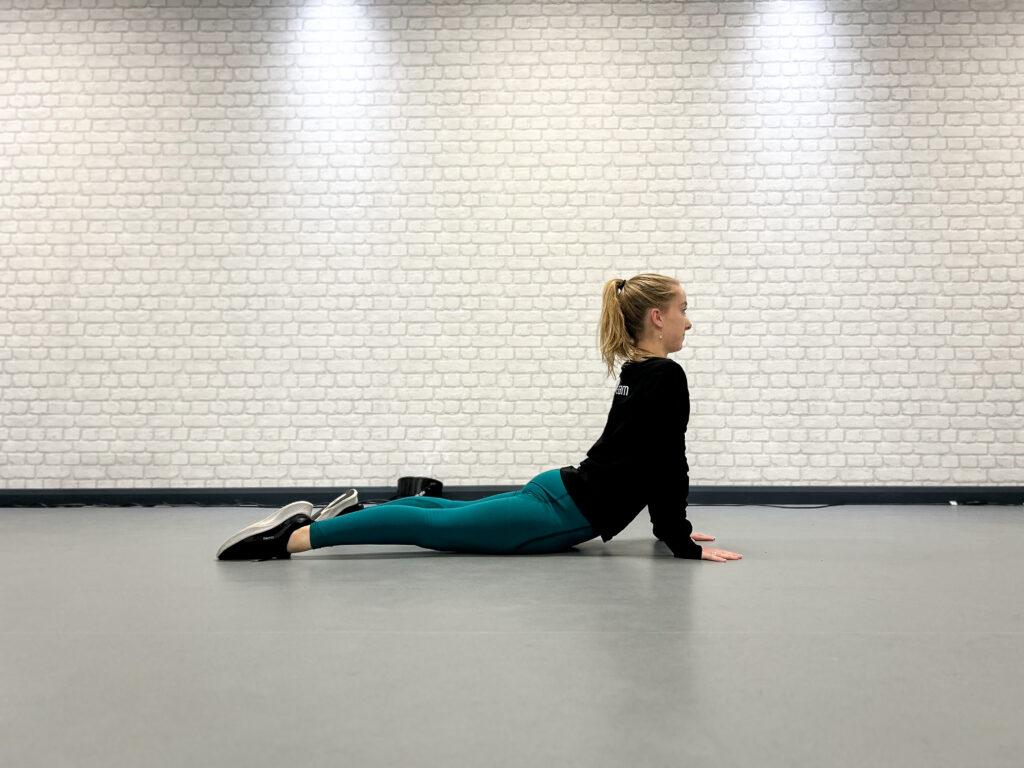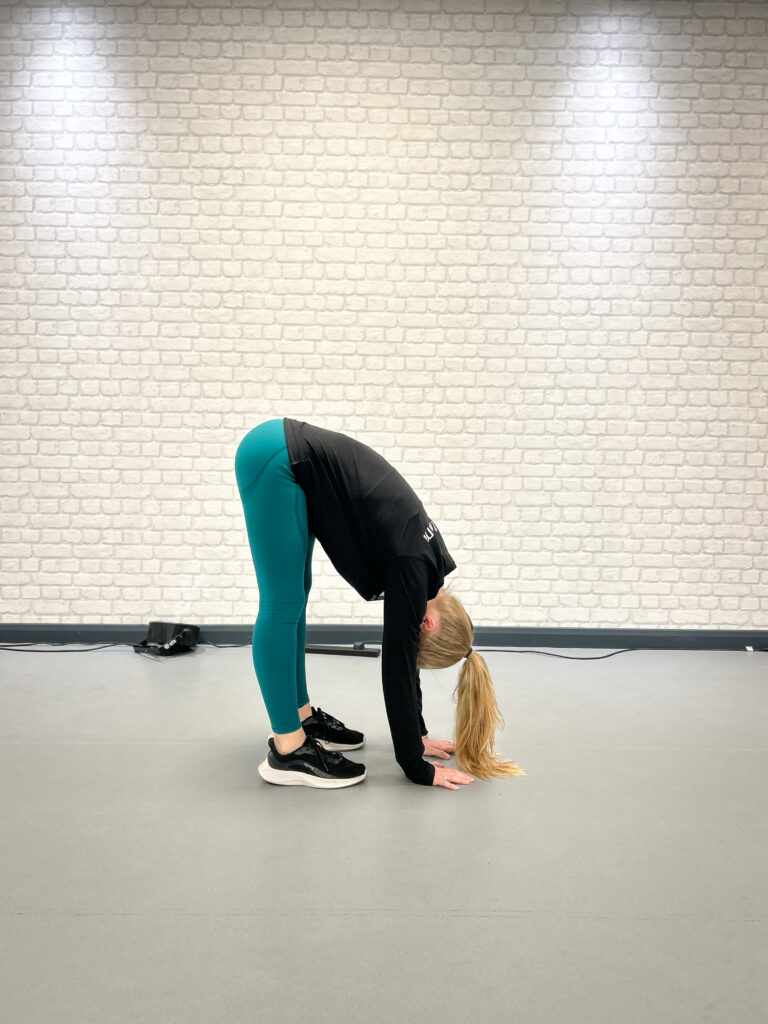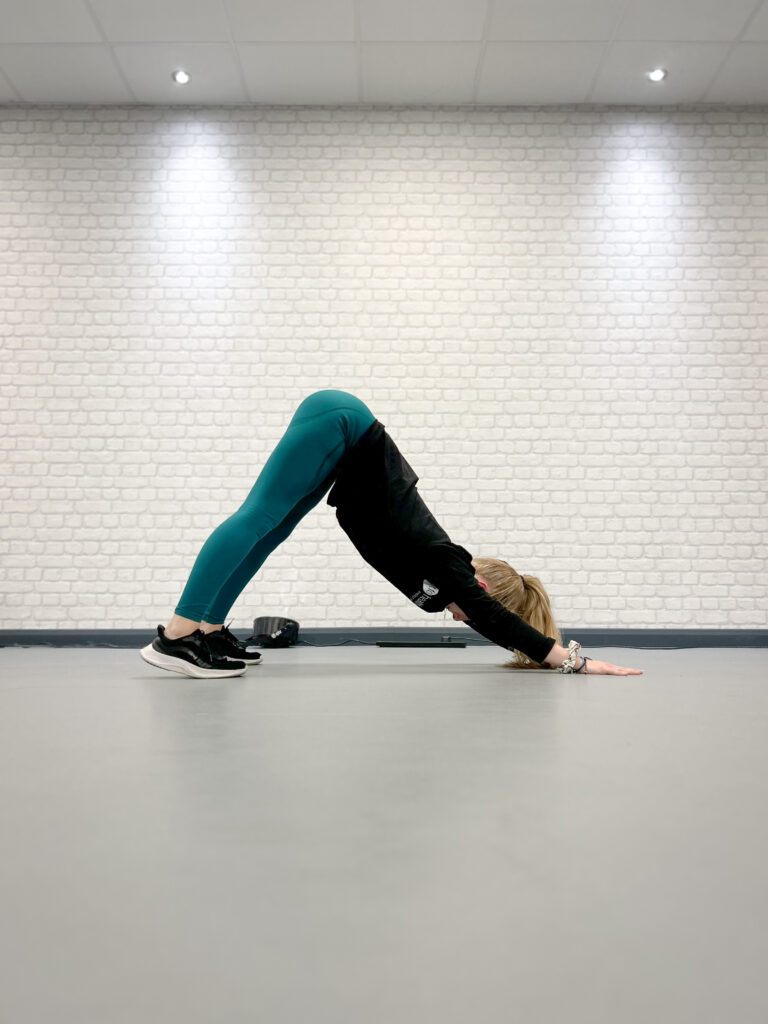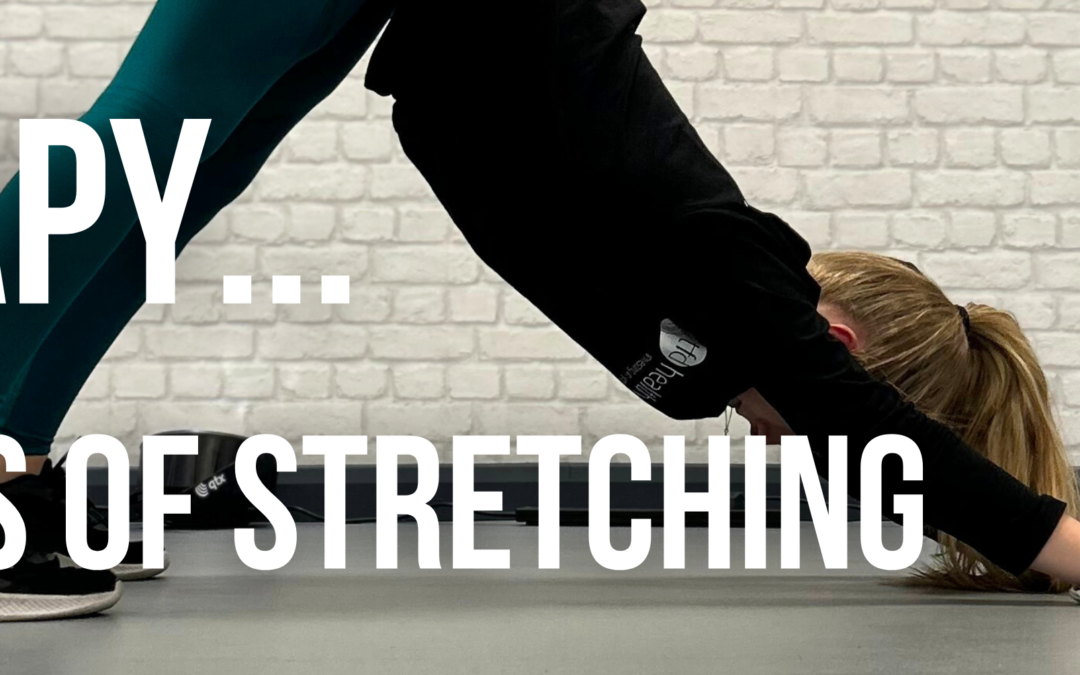Stretching is a physical exercise responsible for improving range of motion and flexibility as it lengthens and elongates muscles. Alongside improving flexibility, there are many additional benefits to stretching of which we highlight below:
Improved performance:
Dynamic stretching warms the muscles and increases the range of motion in the joints. This decreases stiffness and subsequently prepares the muscles for exercise. By mobilizing the joints and warming the muscles, more oxygenated blood is delivered to the working muscles allowing them to quickly turn glucose into fuel and maintain output, fending off fatigue during your workout. So, in short, not only does stretching as part of your warm-up increase your range of movement and therefore optimize the range at which your muscles can work, but it also increases the level of effectiveness at which they work.
Reduced risk of injury:
Stretching contributes to long, lean and flexible muscles. This improves range of motion which reduces strain and stiffness during exercise, meaning exertion won’t put excessive force on the muscle itself. Elongating muscles also triggers beneficial biological events that see a reduction of inflammation and pain in the body. Following new injuries, lengthening the muscle will release tension reducing the effects caused by the body’s natural spasm response.
Following injury, stretching is advised to assist with the alignment of collagen fibers during healing.
Improved posture:
Poor posture is often a result of muscle tension and lack of flexibility. In a world of sedentary lifestyles, kyphosis becomes a common posture, by which the shoulders hunch forwards and become rounded. Over time, this causes tightness in the traps, pecs, and can eventually cause neck pain. By stretching, we lengthen out tight muscles relieving this tension and therefore encouraging more movement. By doing so, we encourage natural movements and can correct postural habits.

Reduced muscle soreness:
Stretching increases blood flow, boosting oxygen levels, delivering nutrients to the muscle. Increasing blood flow through stretching, improves circulation, nourishing the muscles and removing waste products. Resultingly, we can shorten recovery time and reduce delayed onset muscle soreness.
Stress relief:
We’ve all experienced tension building up in our shoulders when we’ve had a particularly stressful week. Over time, stress can result in built up tension, contributing to poor posture. Stretching aids in the release of this tension, assisting with relaxation. Research also shows an increase in serotonin following stretching which is a hormone responsible for improving mood. Likewise, the process activates the parasympathetic nervous system which induces relaxation as a result in reducing the psychological effects of stress.
Reduces inflammation:
Following exercise, injury and so on, inflammation is an automated response. Inflammation response is the process of terminating this inflammatory response in order to restore tissue homeostasis. Stretching can promote this inflammation response and therefore reduces the amount of pro-inflammatory cytokines circulating in the body and decreases the number of neutrophils in specific tissues.

STATIC VS DYNAMIC
Dynamic stretching:
Dynamic stretching involves moving through a full range of movement continuously but with control without any sustained holds in any one position. This type of stretching is usually carried out as preparation for movement. It mobilizes the joints and begins to lengthen the muscles. These stretches should be functional to the exercise/ sport that is about to take place.
Static stretching:
Static stretching involves holding a position of which a muscle/ group of muscles is/are at their greatest length. Aim to hold for 45-60secs, inhaling and exhaling, relaxing into the stretch as much as possible. Static stretching is often carried out as part of a cool down and can aid in injury prevention. It should only be done when muscles are fully warm.

Tips:
- It’s important not to treat stretching as a warmup. The muscles should be warm before being stretched to avoid injury.
- Symmetry is key – always stretch both sides for the same duration to maintain balance of muscle length.
- Focus on major muscle groups to allow for daily functional movement. Likewise, if stretching before and after a workout, focus on the muscle groups you will be using.
- Don’t bounce. Hold a stretch for 30-60secs to gain the full benefit.
- Aim to stretch 2-3 days a week for 10-15minutes.
- Stretching might cause discomfort, but it should never be painful. Any pain, stop.
- Stretch after a workout, shower or sauna session when your muscles are warm.
Stretching is beneficial to everyone, but particularly those with a more sedentary lifestyle where movement is minimal. Aim to add stretching into your daily routine and reap the benefits explored above.
As ever, our instructors are always more than happy to offer suggestions, so feel free to grab someone if you’re ever unsure of how to target a particular muscle.
Let us know how you get on and join Caitlin for Stretch and Relax on Monday 21st Oct 6:15-7:00am, Tuesday 22nd Oct 7:15-8:15pm and Wednesday 23rd Oct 6:15-7:00am!

